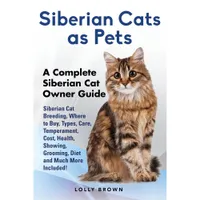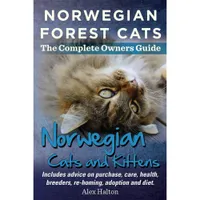Siberian vs Norwegian: Which forest cat is right for you?
Our vet helps us compare the friendly, fluffy and family-oriented Siberian and Norwegian Forest cats
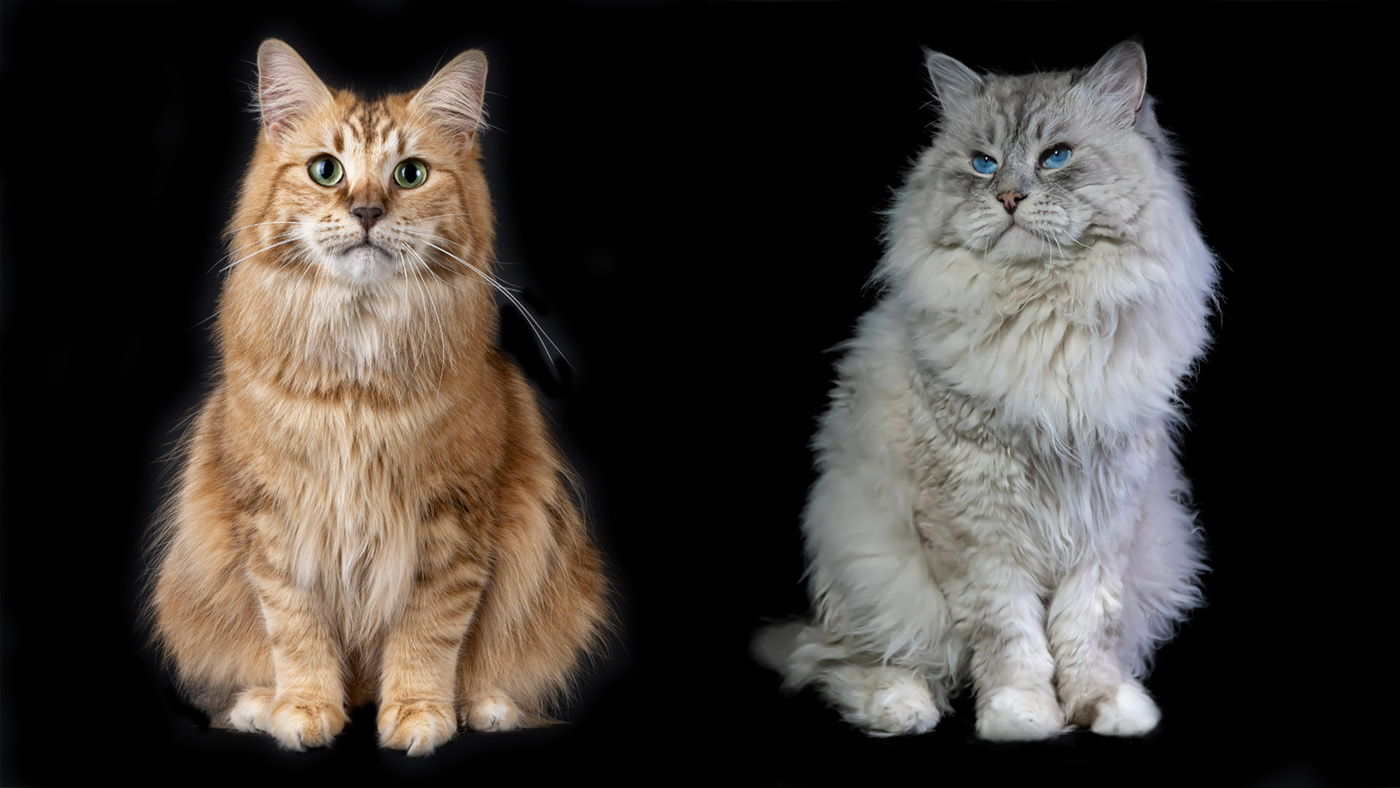
You may be wondering what the difference is between the Siberian Forest cat and Norwegian Forest cat. After all, they're both large, fluffy, and muscular cats who are affectionate, intelligent, and people-oriented. But although these two breeds are similar in lots of ways, they each have their own unique qualities that set them apart from the other.
The Siberian Forest cat is gentle, adaptable, and typically doesn't like to be left alone for long periods of time. They enjoy the company of their humans, tend to bond equally with everyone in their family, and also get along well with strangers.
Norwegian Forest cats are also very friendly, but they tend to be much more reserved with those they don't know. Loyal and playful cats who are slow to mature, they have an independent streak and are very undemanding, but they still enjoy giving and receiving love and affection.
To help you decide which of these friendly felines is right for you, we consulted expert vet Dr Rebecca MacMillan. Below, she outlines how intelligent and easy to train these cats are, what sort of grooming regime those long coats require, and which type of owner each breed is best suited to.
Size: Siberian vs Norwegian Forest cat
The Siberian Forest cat is the larger of these two breeds. They typically stand around 17–25 inches tall and can weigh anywhere from 11–17 pounds.
The Norwegian Forest cat may not be quite as tall, but it's still one of the largest cat breeds around. Measuring 12–18 inches and weighing 10–20 pounds, there's plenty of this fluffy feline to love.
Appearance: Siberian vs Norwegian Forest cat
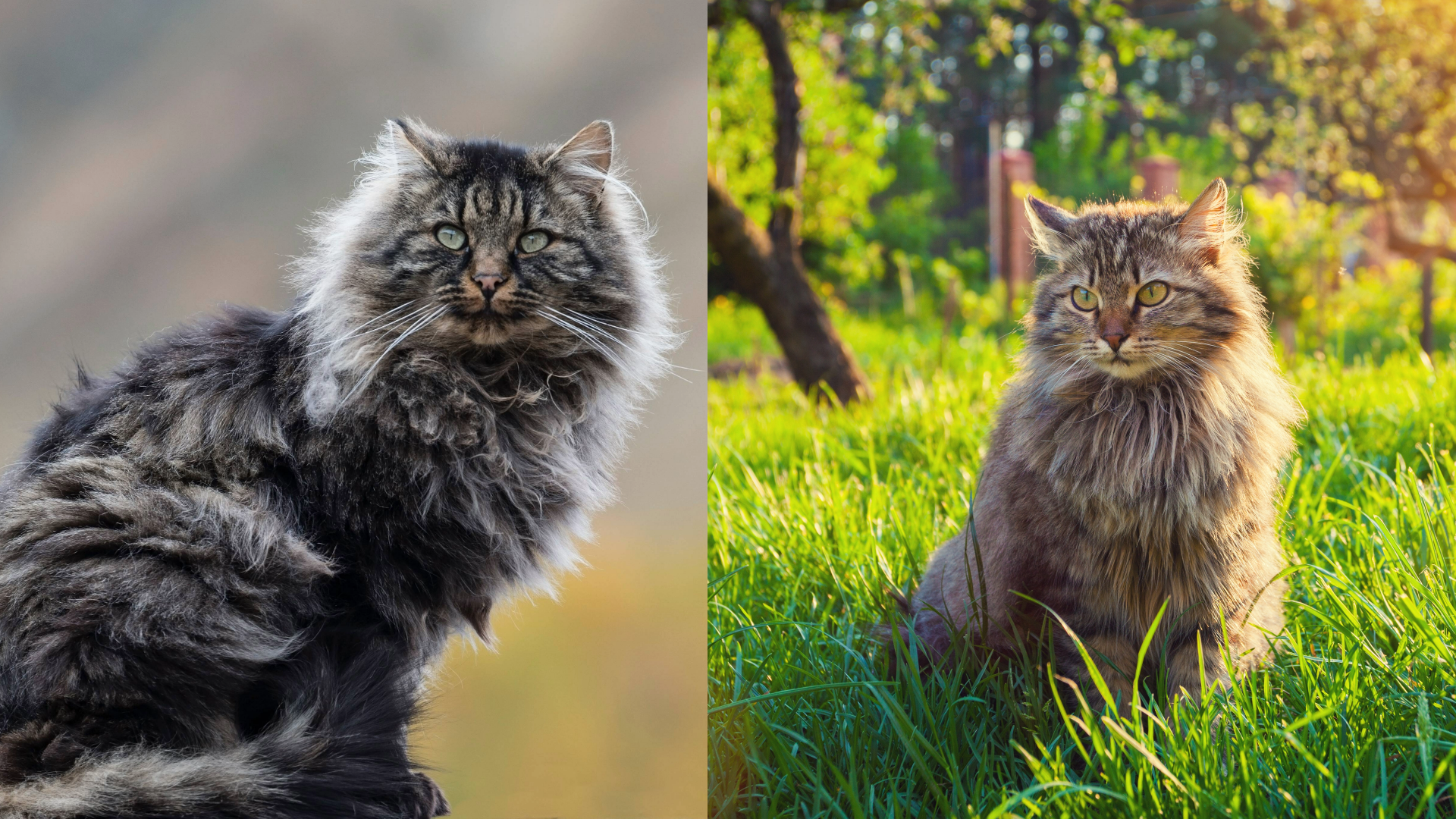
The Siberian and Norwegian Forest cats are both large, long-haired breeds, but they have many differences that make it easy to distinguish between the two.
Get the best advice, tips and top tech for your beloved Pets
Siberians are known for their trademark sweet expression, which is a result of their rounded face, curved profile, and soft features. They have large, round eyes that are set wide apart and come in shades of green, gold, green-gold, and copper.
Siberians also have a thick, triple coat that comes in many colors, and they have medium-sized ears with rounded tips. Their body is barrel shaped, and their legs are medium length, with the rear ones being slightly longer than the front ones.
In contrast, the Norwegian Forest cat has a triangular-shaped head with a long and straight profile. Their eyes are large, almond shaped and they have a much more alert expression than that of the Siberian.
Their ears are larger and triangular, and they have a long and muscular body. Unlike the Siberian, they have a double rather than a triple coat, and they always have a mane. As with the Siberian, their rear legs are longer than their front ones, which is why both breeds are such powerful jumpers.
Intelligence and trainability: Siberian vs Norwegian Forest cat
Can you train a cat? Well, it depends on their breed. All cats can be trained to learn basic skills, such as using their litter box or scratching post, but not all cats will be capable of learning advanced tricks. So, where do the Norwegian and Siberian sit on this scale?
"Siberian Forest cats are highly intelligent and sociable,” says Dr MacMillan. “Norwegian Forest cats are also clever and have great problem-solving skills, but it can be hard to get them to focus on training. Out of the two, the Siberians seem keener to learn tricks and commands."
When it comes to training your cat, Dr MacMillan says patience and positive reinforcement will get the best results. For some cats, positive reinforcement may look like verbal praise or quality time, whereas other kitties may prefer a few of the best cat treats as a reward. Experiment to find out which your feline friend responds to.
Exercise needs: Siberian vs Norwegian Forest cat
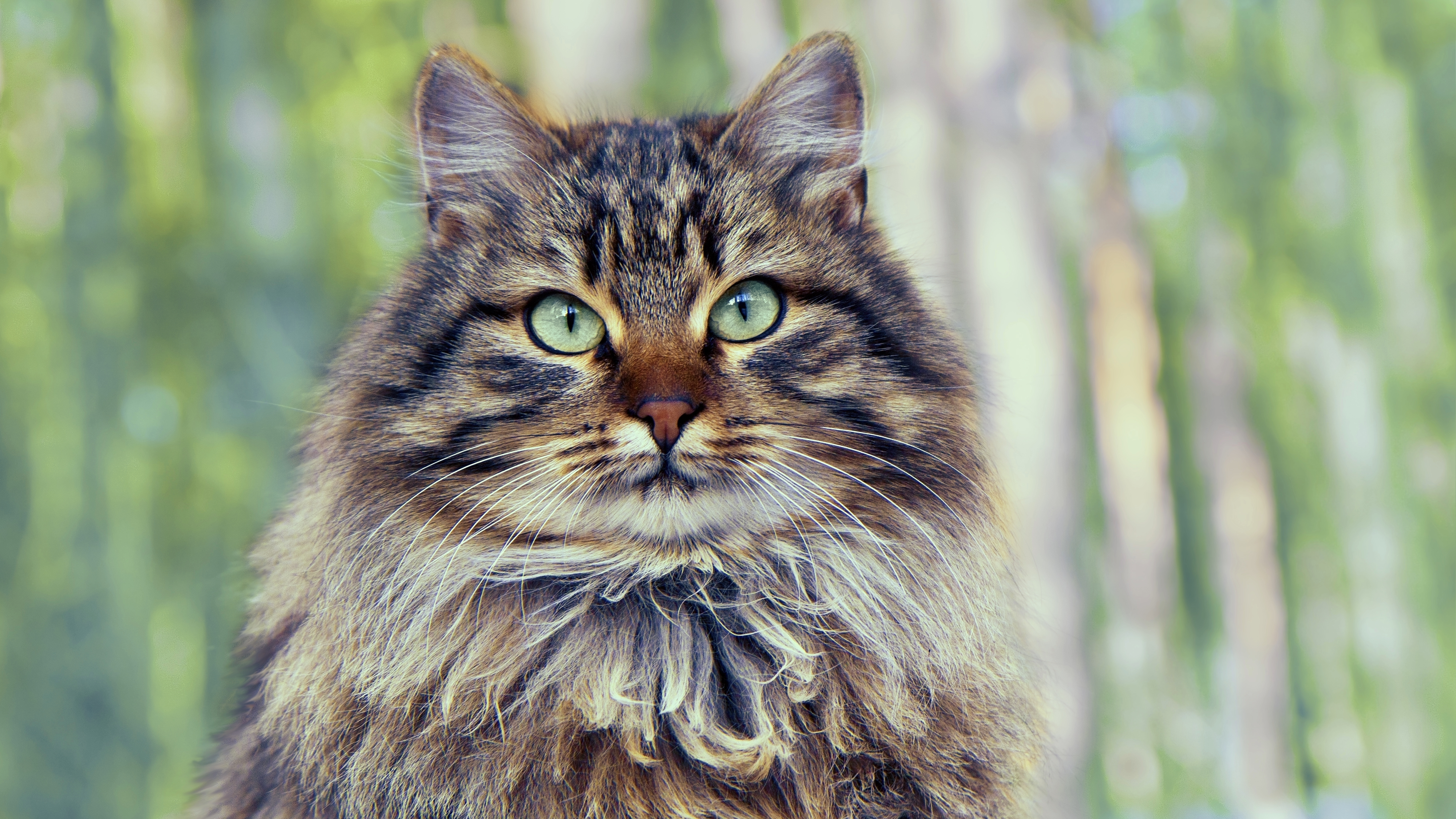
Cat play is a really important way to boost your feline friend's mental and physical health, strengthen your bond, and provide them with a source of daily enrichment. According to Dr MacMillan, all cats need around 20–30 minutes of physical activity each day, depending on their age and health status.
"Both Norwegian and Siberian Forest cats enjoy climbing and exploring, so they will be at the more active end of the spectrum," she explains. "These breeds need plenty of play opportunities and stimulation, though the Norwegian is reported to be the more high-energy of the two."
When it comes to these two breeds, both will benefit from having a range of interactive cat toys to play with. You may also find they respond well to cat puzzle feeders, which give them an opportunity to give their brains a good workout.
Grooming: Siberian vs Norwegian Forest cat
The Siberian and Norwegian Forest cats have similar grooming needs thanks to their long and thick coats, so we highly recommend investing in one of the best cat brushes to help get rid of all that loose fur!
"These cats need brushing a few times a week to remove dead fur and make sure their coats are kept tangle-free, but the good news is that they don’t seem as prone to matting as some other pedigree cats," Dr. MacMillan says.
And while brushing your cat's teeth may seem a little strange, Dr MacMillan says that “regular oral hygiene is important and should be started from a young age".
Health considerations: Siberian vs Norwegian Forest cat
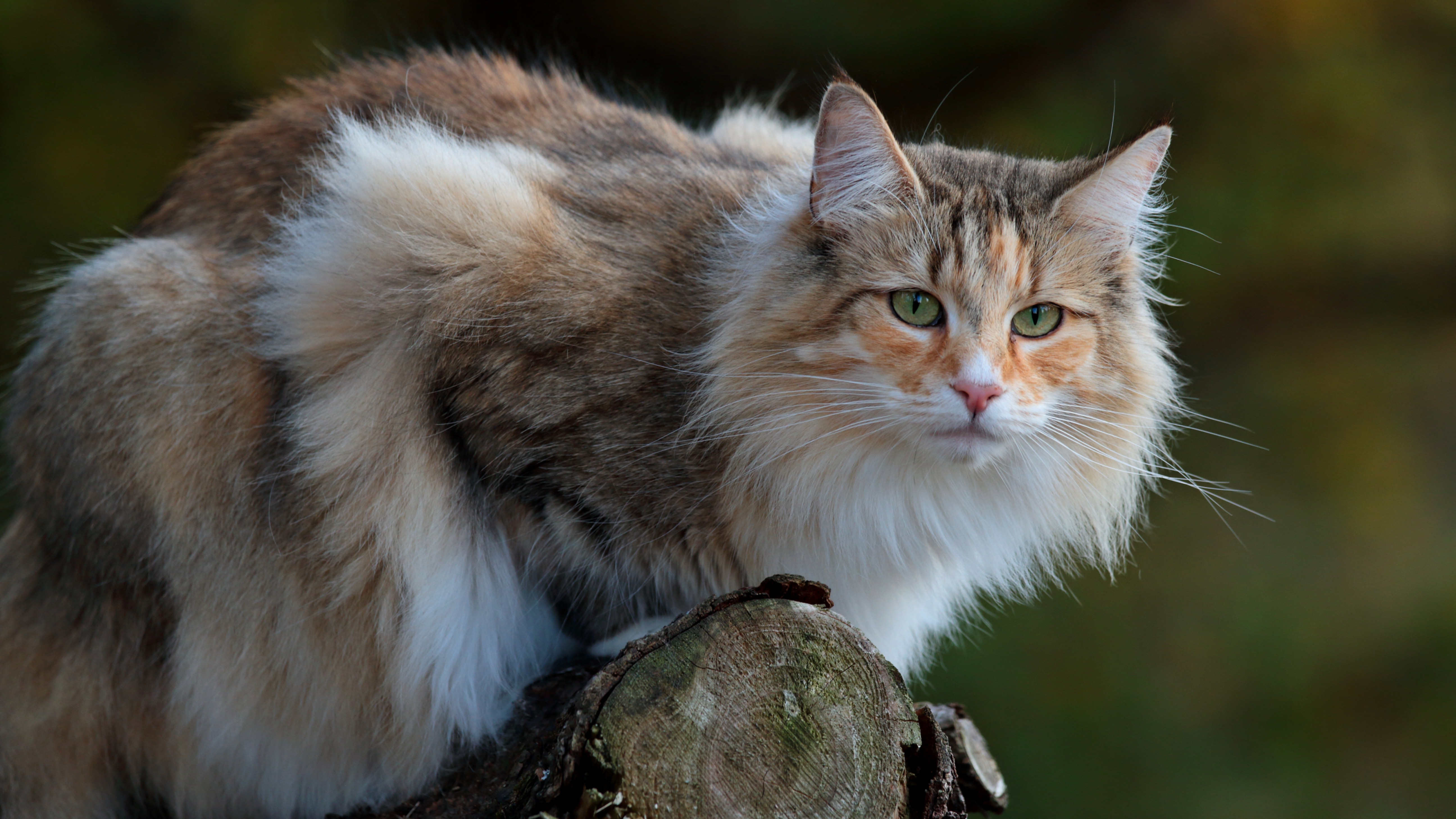
All cats can get sick, but there's no denying that some breeds are more prone to health issues than others. Here's everything you need to know about the Norwegian and Siberian Forest cats.
"Due to a lack of inbreeding, Siberian cats are not especially prone to any hereditary health complaints," Dr MacMillan explains. "Like many pedigree cats, they can be affected by hypertrophic cardiomyopathy, but it is more commonly reported in Norwegian Forest cats. This heart condition affects many pedigree breeds. It causes a thickening of the heart muscle, leading to blood clot formation and heart failure. Siberians can also develop any of the conditions that are common to all cats, however, such as dental disease, obesity, or kidney disease.
“Norwegian Forest cats are more at risk of inherited conditions, such as glycogen storage disease IV. This condition is rare and often results in death before birth. Hip dysplasia is also more commonly seen in Norwegian Forest cats. This developmental abnormality causes one or both hip joints to form incorrectly. This leads to pain, mobility issues, and the early onset of arthritis."
Owner suitability: Siberian vs Norwegian Forest cat
Now that you know a little bit more about the Siberian and Norwegian Forest Cats, you may be trying to decide which one would be the best fit for your home and lifestyle. Each breed is slightly different, so the good news is you're sure to find the perfect fur friend for you.
"Norwegian Forest cats are more independent and energetic than Siberians," says Dr. MacMillan. "An active family setup would suit them well, especially if there are older children who are keen to stimulate them with games and cat toys.
“Siberian Forest cats are also playful and will adapt to most families well, plus they are much more likely to curl up on a lap than a Norwegian. Some Siberian Forest cats also shed less Fel D1 protein than other cat breeds, which may benefit some mild allergy sufferers, but remember that no cat is truly a hypoallergenic breed."
Siberian Cats as Pets | Amazon
From temperament, diet, to grooming, this is the complete guide to caring for a Siberian Forest cat.
Norwegian Forest Cats: The Complete Owner's Guide | Amazon
If you're an owner of a Norwegian Forest cat or are thinking about getting one, this book is for you. You'll find everything you need to know about caring for the gentle kitties.
Read next: Maine Coon vs ragdoll breed comparison
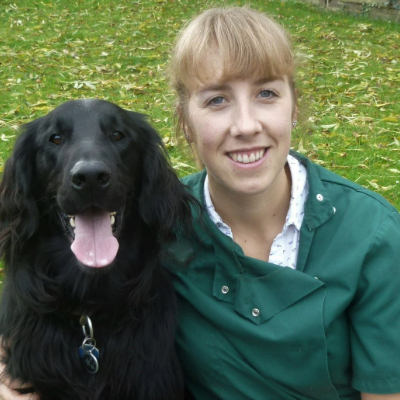
Rebecca is a veterinary surgeon who graduated in 2009 from the Royal Veterinary College in London. She has a wealth of experience in first opinion small animal practice, having done a mixture of day-to-day routine work, on-call emergency duties and managerial roles over the years. Rebecca enjoys medicine in particular and she is proud to have recently achieved a BSAVA postgraduate certificate in small animal medicine (with commendation).
She writes on various feline and canine topics, including behavior, nutrition, and health. Outside of work and writing she enjoys walking her own dog, spending time with her young family and baking!
Edited by Georgia Guerin and Alexis De Leaver.

Kathryn is a freelance writer who has been a member of the PetsRadar family since it launched in 2020. Highly experienced in her field, she's driven by a desire to provide pet parents with accurate, timely, and informative content that enables them to provide their fur friends with everything they need to thrive.
Kathryn works closely with vets and trainers to ensure all articles offer the most up-to-date information across a range of pet-related fields, from insights into health and behavior issues to tips on products and training.
When she’s not busy crafting the perfect sentence for her features, buying guides and news pieces, she can be found hanging out with her family (which includes one super sassy cat and a kitten), drinking copious amounts of Jasmine tea and reading all the books.
She has written for a range of publications, including Fit&Well, Top Ten Reviews, LiveScience, Goodto, and Product Hunt.
